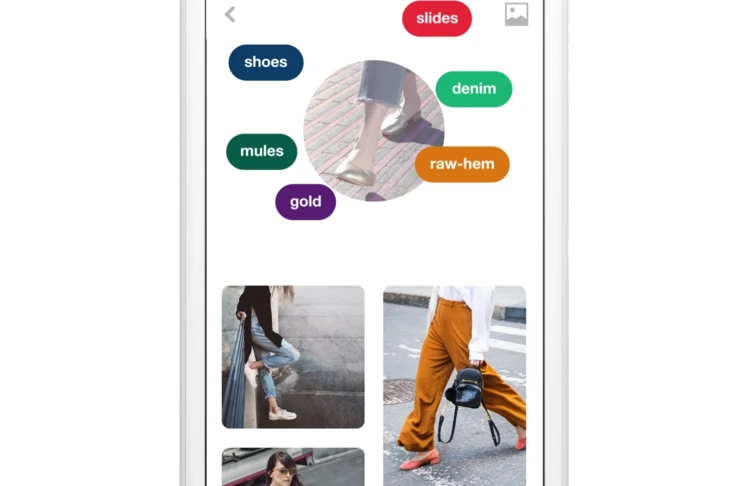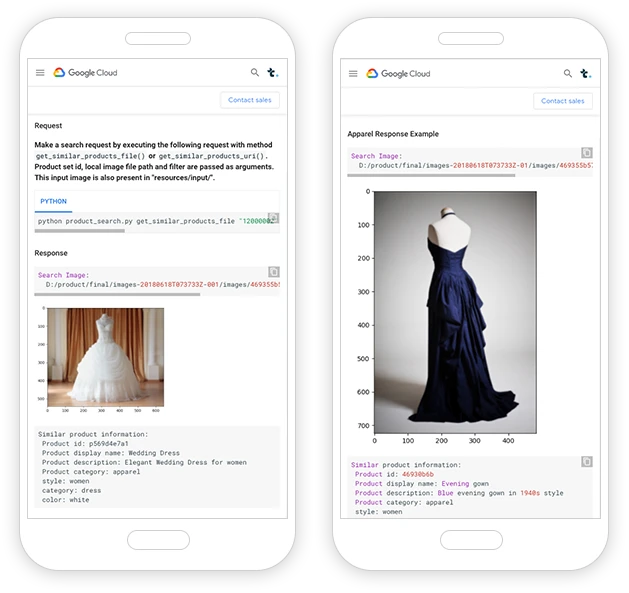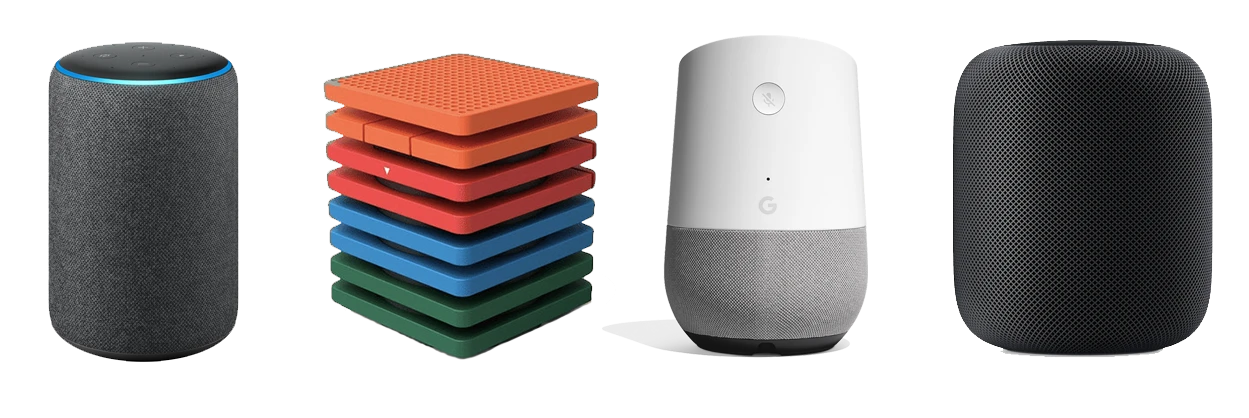Voice and visual search
Along with artificial intelligence and deep learning, visual search and voice search have the potential to boost sales, benefit consumers and are slated to drive huge innovation in eCommerce.
There are over 600 million visual searches a month on Pinterest, and studies suggest that over a third of all US consumers have used visual search, with the same number having used voice search. Gartner predicts that early adopters of visual and voice search will increase their digital commerce revenue by 30% by 2021.
Market leaders like Amazon and forward-looking fashion retailers are capitalising on the technology, while the increasing availability of search integrations are allowing businesses to adopt these features and reap the benefits.
But are retailers taking advantage of this?
A picture is worth a thousand words
In a 2018 survey over 60% of respondents aged 21-34 said they would be comfortable incorporating visual search into their online shopping and, increasingly, they have access to this feature wherever they choose to shop.
Pinterest has long been a leader in visual search and provides integrations into its visual search engine Pinterest Lens, which pairs well with its “shoppable pins”, allowing retailers to drive visual searches and convert the results into sales. Analytics data shows that for order values under US$199, image-based advertising on Pinterest has an 8.5% conversion rate.

Retailers like Amazon, ASOS, Target, Macy’s and Nieman Marcus have already implemented visual search into their digital platforms, and the way they incorporate visual search shows just how much they’re betting on the technology.
The Amazon app puts visual search front and centre, with a camera icon built directly into the primary search bar. The feature set allows users to search using their camera and images from their phone, adding prompts like “point at a book”, “point at a toy” to encourage experimentation. Amazon recently announced StyleSnap, a new feature in line with its increasing focus on fashion, that could allow customers to search their online marketplace using photos from Instagram.
In March 2019, eBay enhanced their visual search offering on their mobile app, capitalising on the advances made with their existing image search feature. The new feature uses computer vision and filters a customer has active to find visually similar items, searching the breadth of the eBay marketplace.
In the ASOS app customers can use their own images in searches. Activating search allows you to search using your camera or a saved image, and subsequent interactions bring up more search suggestions based on images from your camera roll. Similar to eBay’s visual search offering, ASOS makes use of filters to improve visual search results; pointing at an image will bring back results filtered by Mens or Womens based on the preference selected during onboarding.
For retailers looking to leverage the Google search platform, Google provides Cloud Vision Product Search, an API that applies machine learning in order to compare a query image with products. A business can use this service to provide a ranked list of products they stock that match the customer’s search. Bing provides its own visual search service, which powers the image searches on Huawei devices.

Meanwhile, Salesforce provides a native eCommerce integration with Commerce Cloud Einstein Visual Search. This feature will be generally available in the second half of 2019.
Speak and you shall find
In contrast to visual search, voice search is more entrenched in our browsing experiences. The proliferation of smart speakers, along with native smartphone functionality and digital assistants, means that most people have experience with speech-to-text searches (with differing levels of success).
In Q2 2019 worldwide smart speaker shipments were still dominated by Amazon (6.6 million), with Chinese search giant Baidu (4.5 million) taking second place, overtaking Google at 4.3 million units shipped. In Q2 2018 Baidu contributed less than 1% of global smart speaker shipments. The incredible rise of Baidu as a player in the smart speaker market demonstrates the growing power of Chinese consumers in the smart home market, which could in turn impact voice search sales.
Ordering products using a smart speaker is a compelling intersection between machine learning, non-traditional interaction styles and eCommerce. However its use remains limited, with research in 2018 suggesting that the majority of buyers aren’t interested in ordering with their smart speaker, with as little as 2% of Alexa-enabled device owners completing a purchase.

It’s possible that customers are more likely to complete a repeat purchase with voice commands, where they are already confident with the service and the ability of a device’s natural-language processing. In March 2019 Amazon announced that they would be discontinuing Amazon Dash, physical buttons that could be used to reorder common items through Amazon, citing that subscription services and shopping through voice-controlled speakers had made the product obsolete.
In summary
Market leaders are now making voice and visual search commonplace, giving customers an alternative to traditional text search and browsing.
While critical consensus remain sceptical of voice search in eCommerce, retailers are beginning to test the water and improve accessibility by integrating voice as an alternative to text searches, aided by improvements to natural language processing and speech recognition.
Within traditional eCommerce visual search seems poised to increase and enhance customer experience. And tech leaders are making it easier than ever to integrate visual search into your website.
Share on social